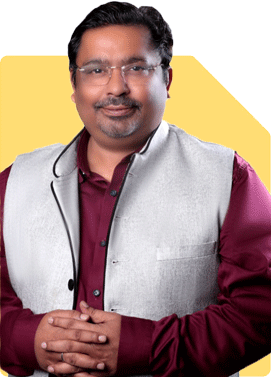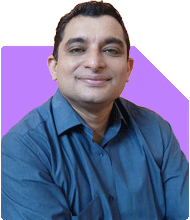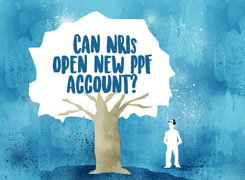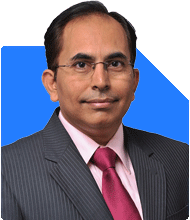50 Year Old Chennai Woman Seeks Advice on Investment Strategy

I am Sneha from Chennai. I’m 50 years old with two sons, aged 22 and 18. My husband and I have invested Rs 50,000 a month in mutual funds for the past 10 years. We’re planning for our younger son’s higher education and our retirement in 5 years. Should we start withdrawing or continue investing?
Here’s a breakdown of your situation:
Assets:
Mutual fund investments: Assuming an average annual return of 10 per cent (adjust based on your actual returns), your current corpus might be around Rs 1.2 crore.
Goals:
• Younger son’s higher education: Estimate the costs (fees, living expenses) and factor in inflation.
• Retirement: Determine your desired monthly income and lifestyle. Consider expenses like healthcare, travel, hobbies, etc.
Recommendation:
• Create a Detailed Financial Plan: Consult a financial advisor to assess your exact goals, risk tolerance, and expected expenses. This will help you create a personalized plan.
• Diversify Your Investments: While your mutual fund investments have served you well, consider diversifying into other asset classes like real estate or fixed-income products to manage risk.
• Start a Systematic Withdrawal Plan (SWP): This allows you to withdraw a fixed amount from your mutual fund investments at regular intervals, providing a steady income stream.
• Maintain Emergency Fund: Ensure you have a readily accessible emergency fund to cover unexpected expenses and avoid withdrawing from your long-term investments.
• Review and Adjust Regularly: As your circumstances and market conditions change, review your financial plan and make adjustments as needed.
Remember, seeking professional advice can provide valuable insights and help you make informed decisions about your financial future.
Disclaimer: This information is for general guidance and does not constitute financial advice. It’s essential to consult with a qualified financial advisor to address your specific needs and circumstances.
You may like to see similar questions and answers below
Sudhanshu Singh | Answer |Ask -Follow
Answered on Apr 12, 2022
Omkeshwar Singh | Answer |Ask -Follow
Head, Rank MF - Answered on Aug 04, 2020
Ramalingam Kalirajan |10902 Answers |Ask -Follow
Mutual Funds, Financial Planning Expert - Answered on Jul 27, 2024
Ramalingam Kalirajan |10902 Answers |Ask -Follow
Mutual Funds, Financial Planning Expert - Answered on Aug 12, 2024
Anu Krishna |1749 Answers |Ask -Follow
Relationships Expert, Mind Coach - Answered on Dec 17, 2025
Anu Krishna |1749 Answers |Ask -Follow
Relationships Expert, Mind Coach - Answered on Dec 17, 2025
Radheshyam Zanwar |6748 Answers |Ask -Follow
MHT-CET, IIT-JEE, NEET-UG Expert - Answered on Dec 17, 2025
Anu Krishna |1749 Answers |Ask -Follow
Relationships Expert, Mind Coach - Answered on Dec 17, 2025
Dr Shakeeb Ahmed Khan |184 Answers |Ask -Follow
Physiotherapist - Answered on Dec 17, 2025
T S Khurana |538 Answers |Ask -Follow
Tax Expert - Answered on Dec 17, 2025
T S Khurana |538 Answers |Ask -Follow
Tax Expert - Answered on Dec 17, 2025
Janak Patel |72 Answers |Ask -Follow
MF, PF Expert - Answered on Dec 17, 2025
Ramalingam Kalirajan |10902 Answers |Ask -Follow
Mutual Funds, Financial Planning Expert - Answered on Dec 17, 2025
Samraat Jadhav |2511 Answers |Ask -Follow
Stock Market Expert - Answered on Dec 17, 2025






























